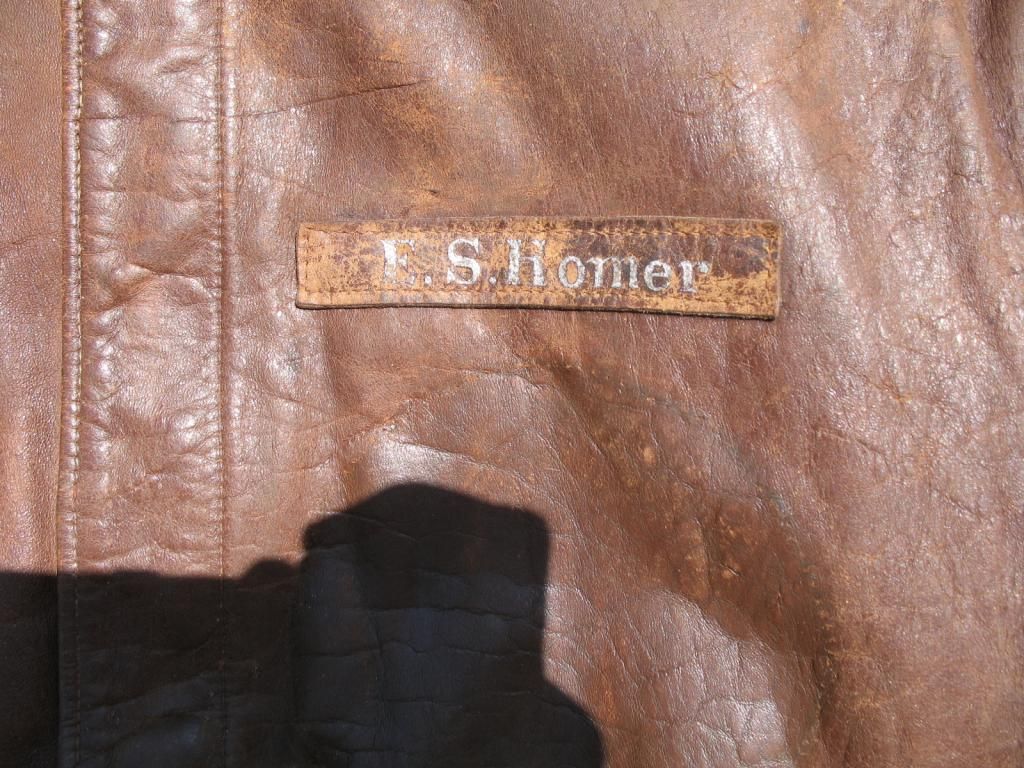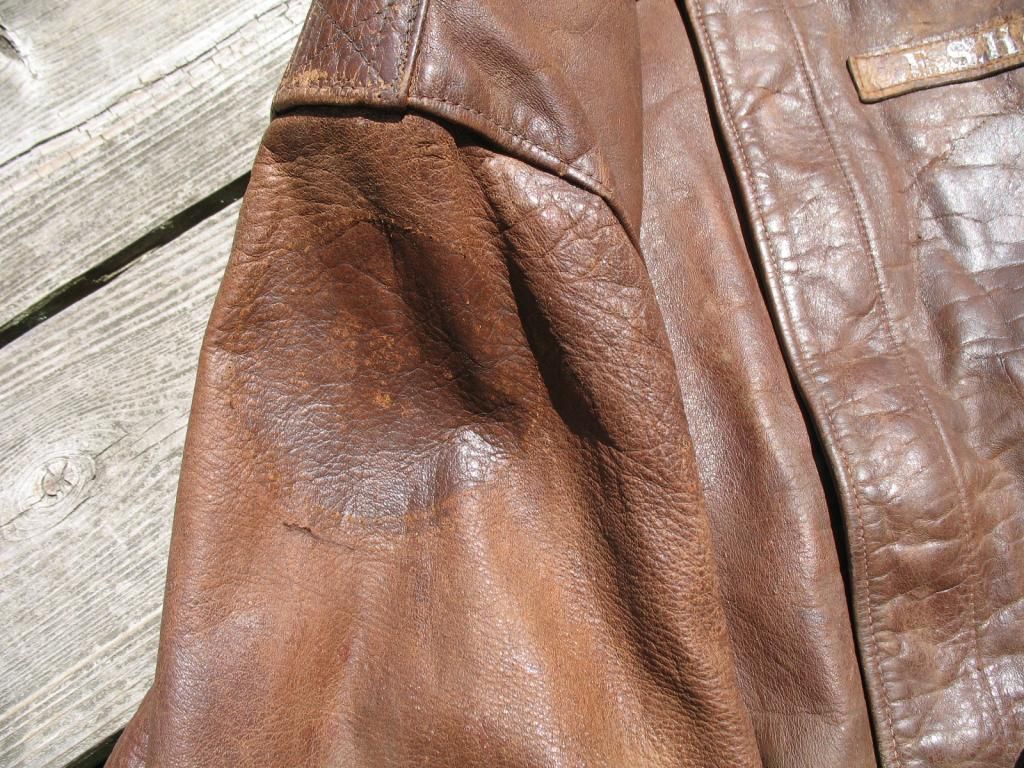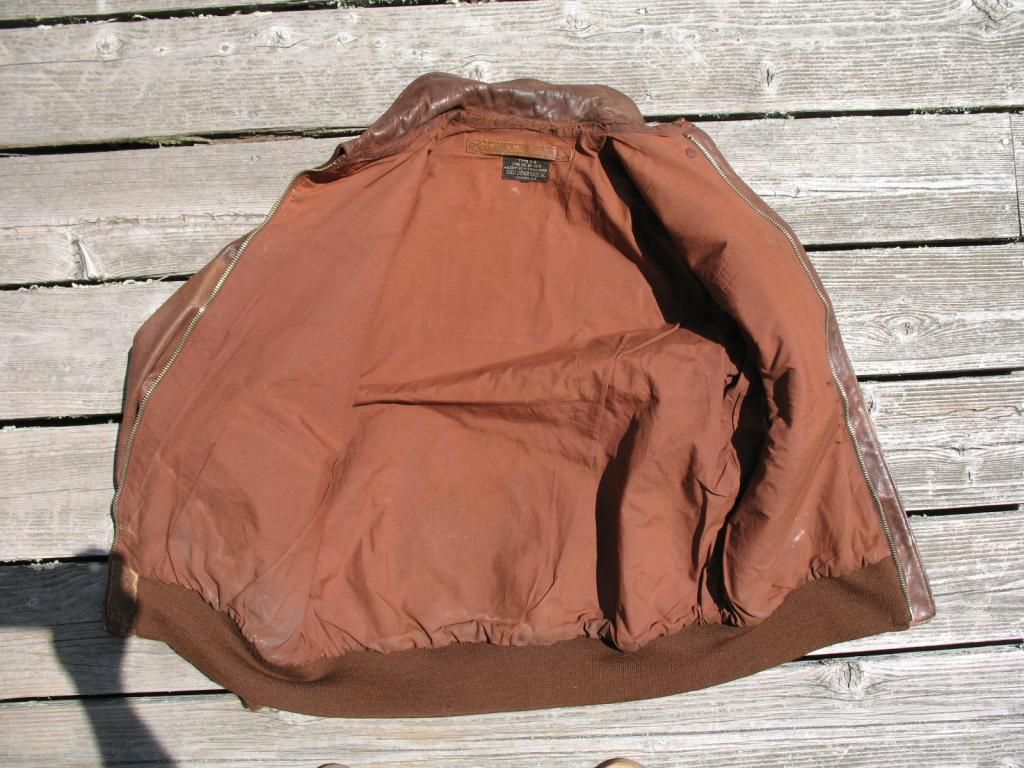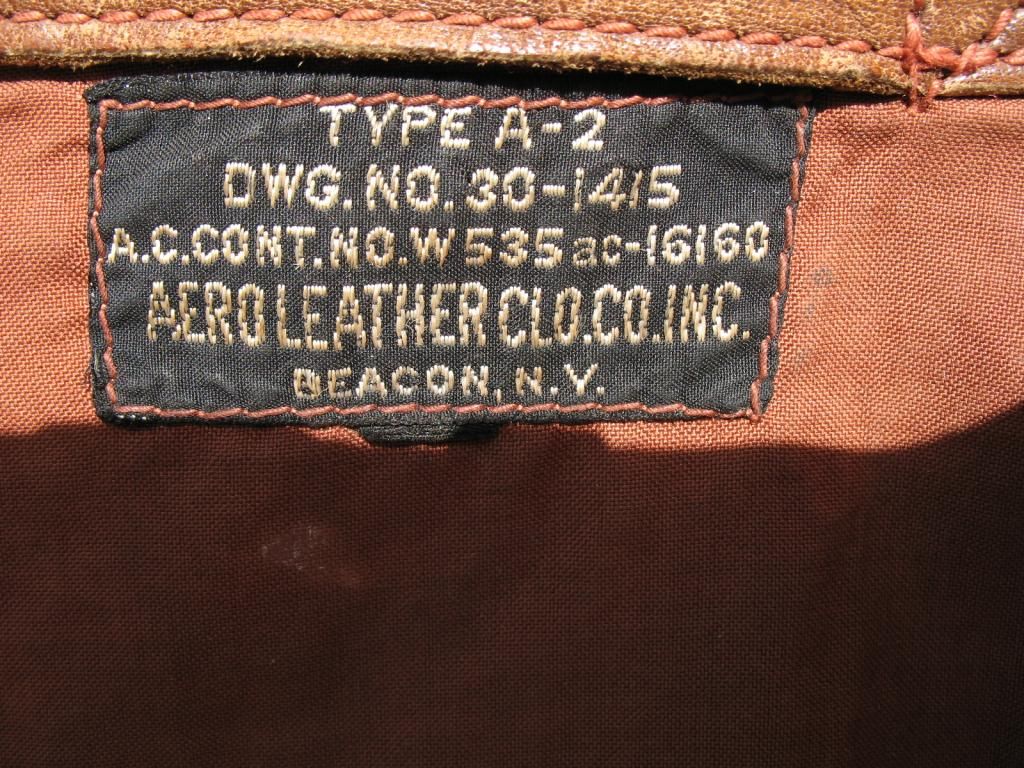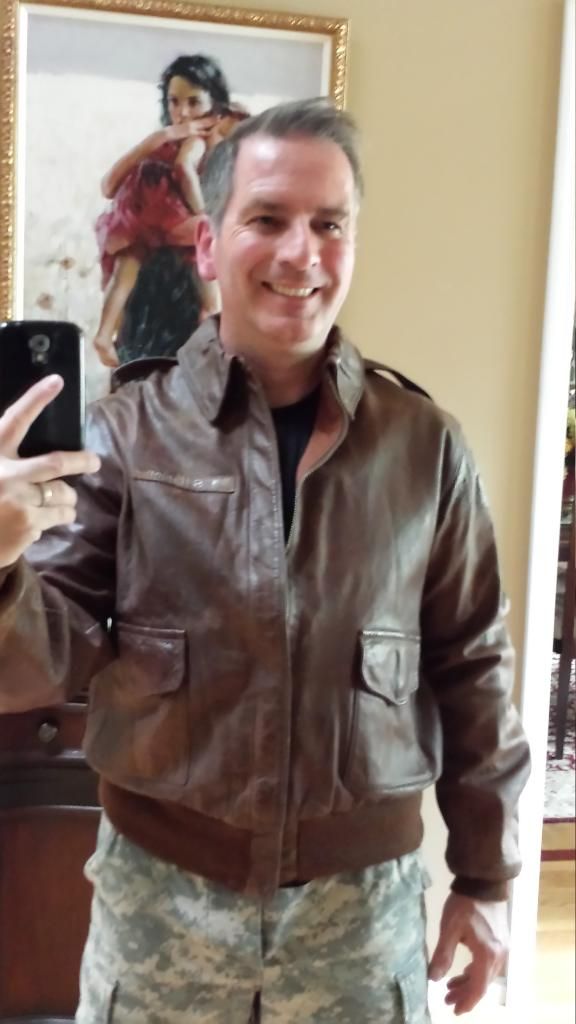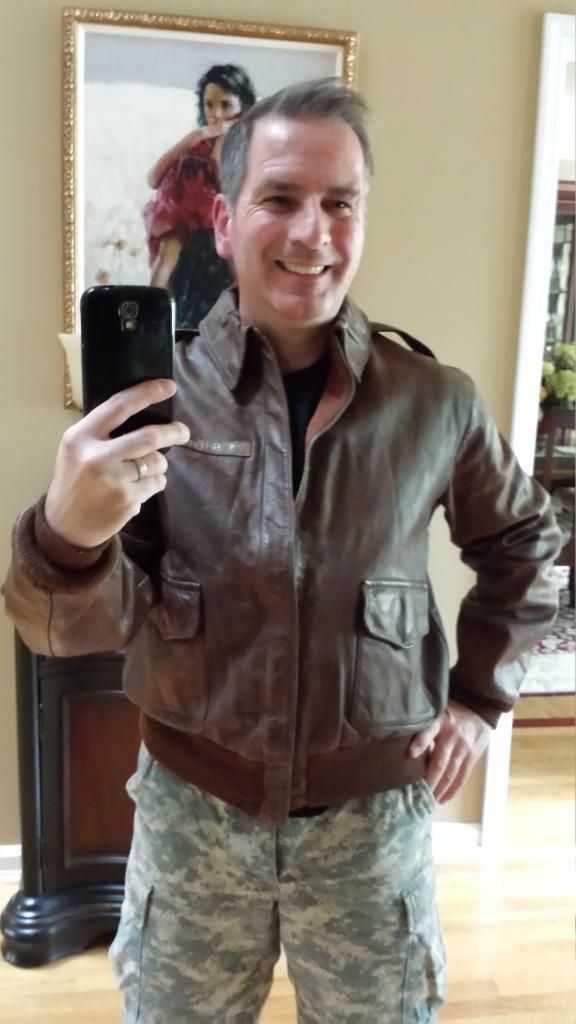jschare
Active Member
I'm on a roll here. I had gone 50 years without owning an original and now I've purchased my second one in a week. This one I purchased from Silver Surfer. A big thank you Victor for your willingness to part with it. Here are some pics he sent me. I'll post my own when I get it. It looks like it might have been worn in the CBI because of an outline of a blood chit. Now to do some research on the original owner...


